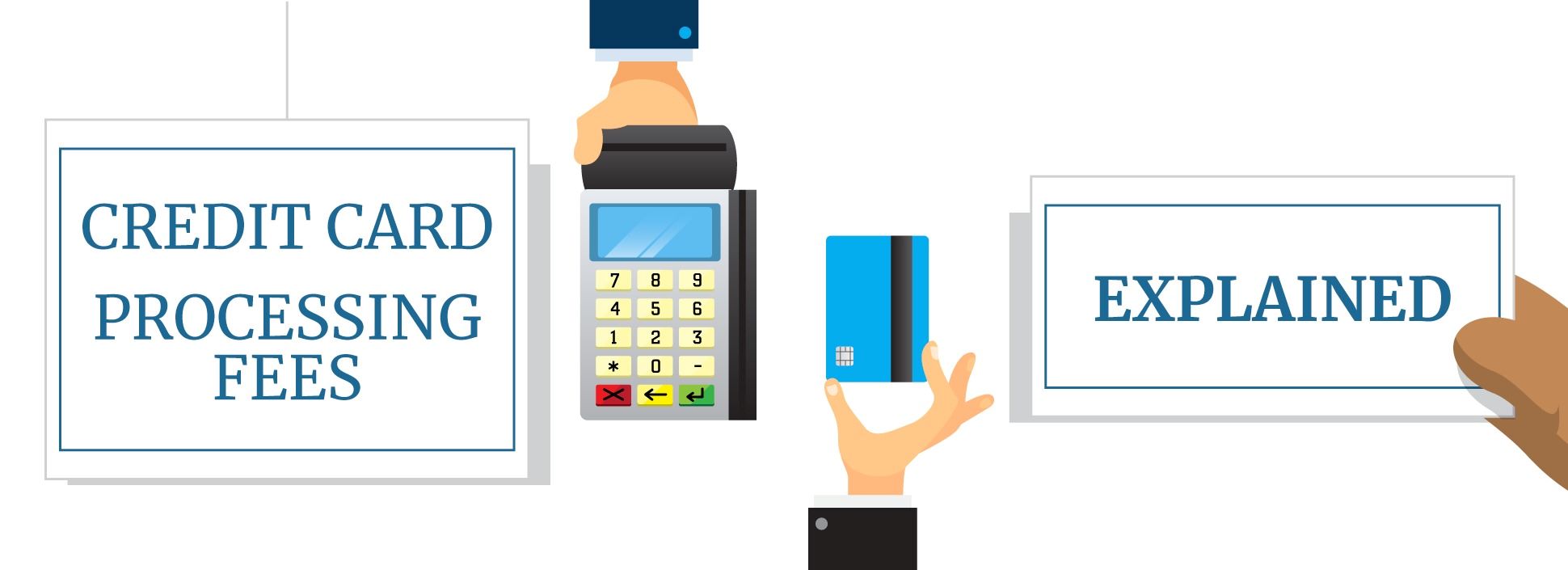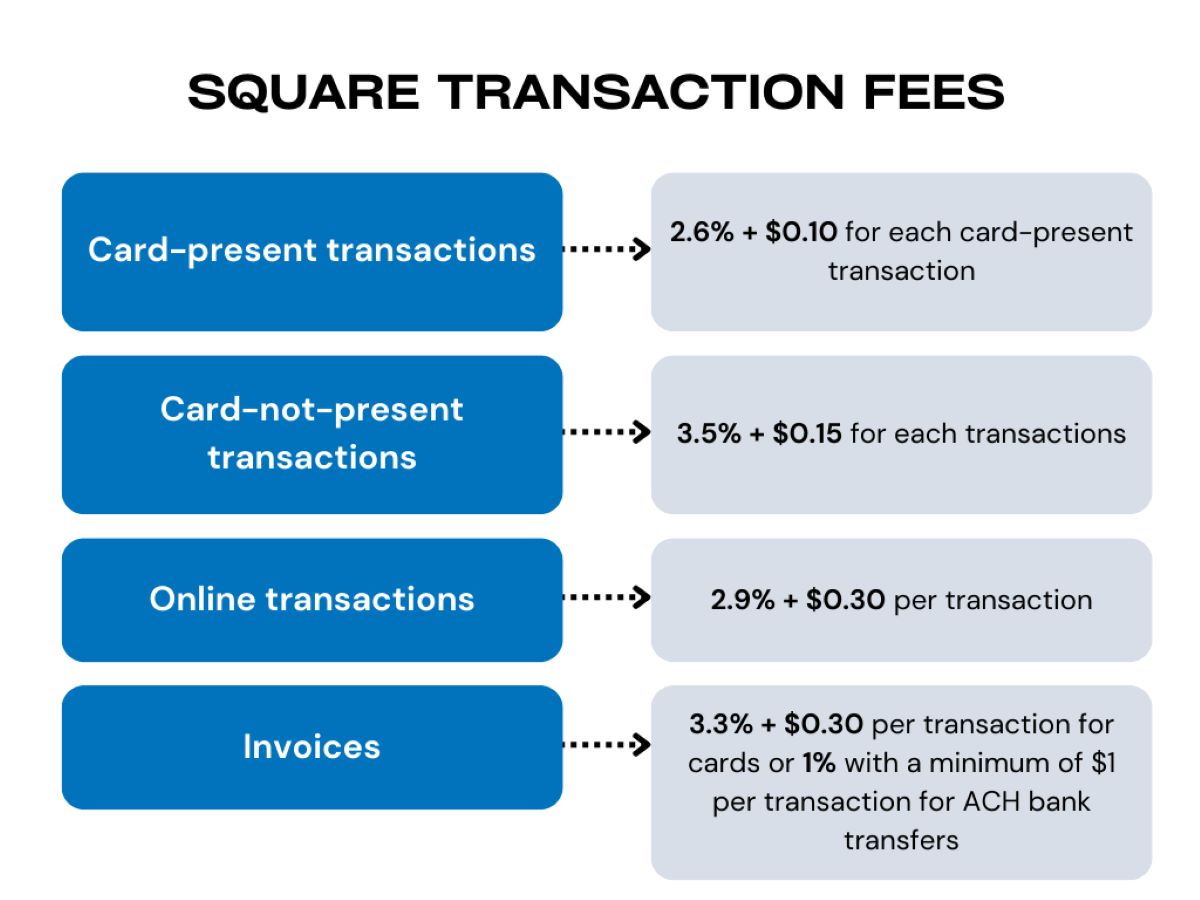

Finance
What Are Amazon’s Merchant Fees?
Published: February 24, 2024
Learn about Amazon's merchant fees and how they impact your finances. Understand the cost structure and optimize your profitability as a seller.
(Many of the links in this article redirect to a specific reviewed product. Your purchase of these products through affiliate links helps to generate commission for LiveWell, at no extra cost. Learn more)
Table of Contents
Introduction
Understanding Amazon's Merchant Fees
Amazon has revolutionized the way we shop, offering a platform for individuals and businesses to reach millions of potential customers worldwide. As an e-commerce giant, Amazon provides a lucrative opportunity for merchants to showcase and sell their products. However, this opportunity comes with a cost in the form of merchant fees. Understanding these fees is crucial for any individual or business looking to leverage Amazon's vast reach.
In this comprehensive guide, we will delve into the intricacies of Amazon's merchant fees, shedding light on the various charges that sellers encounter when using the platform. By gaining a deeper understanding of these fees, sellers can make informed decisions, optimize their pricing strategies, and maximize their profitability on Amazon.
Throughout this article, we will explore the different types of merchant fees, including referral fees, fulfillment fees, subscription fees, and high-volume listing fees. By dissecting each fee category, we aim to provide sellers with valuable insights into the cost structure of selling on Amazon. Whether you're a seasoned seller or just embarking on your e-commerce journey, this guide will equip you with the knowledge needed to navigate Amazon's fee landscape with confidence.
Join us as we unravel the complexities of Amazon's merchant fees, empowering you to make strategic choices and thrive in the competitive world of e-commerce. Let's embark on this enlightening journey to demystify the costs associated with selling on one of the world's largest online marketplaces.
Understanding Amazon’s Merchant Fees
Before diving into the specific types of Amazon’s merchant fees, it’s essential to grasp the overarching concept of these charges. Amazon’s merchant fees are the costs incurred by sellers for utilizing the platform’s services to list, promote, and fulfill their products. These fees enable sellers to access Amazon’s extensive customer base, robust infrastructure, and logistical support, ultimately facilitating the process of reaching and serving customers on a global scale.
Amazon’s fee structure is designed to be transparent and scalable, accommodating sellers of varying sizes and business models. While the prospect of incurring fees may seem daunting, it’s crucial to recognize the value that Amazon provides in return. From unparalleled exposure to streamlined order fulfillment, Amazon’s services empower sellers to focus on their core competencies while leveraging the platform’s resources to drive sales and growth.
By understanding Amazon’s merchant fees, sellers can make informed decisions regarding product pricing, inventory management, and marketing strategies. Moreover, a comprehensive understanding of these fees enables sellers to calculate their total costs and evaluate the profitability of selling on Amazon. As we delve into the specific types of merchant fees in the subsequent sections, it’s important to approach this knowledge as a powerful tool for optimizing your e-commerce endeavors on Amazon.
Referral Fees
One of the primary components of Amazon’s fee structure is the referral fee. When a seller makes a sale, Amazon charges a referral fee as a percentage of the total sales price, excluding taxes and any shipping or gift wrapping charges. This fee typically ranges from 6% to 45%, depending on the product category. The referral fee contributes to the costs associated with driving traffic to product listings, maintaining the platform, and facilitating secure transactions.
It’s important to note that referral fees vary across different product categories, with certain categories commanding higher percentages due to the nature of the products and the level of competition within those segments. Understanding the referral fee rates for specific categories is essential for sellers to accurately assess their margins and set competitive prices while factoring in these costs.
For sellers utilizing Fulfillment by Amazon (FBA), it’s crucial to consider the impact of referral fees on overall pricing strategies, as these fees directly affect the profitability of each sale. By incorporating referral fees into their pricing calculations, sellers can optimize their product offerings and ensure that their margins align with their business objectives.
Ultimately, while referral fees represent a significant aspect of Amazon’s fee structure, they are essential for accessing Amazon’s vast customer base and leveraging the platform’s robust infrastructure. By understanding and accounting for referral fees, sellers can make informed decisions regarding product selection, pricing, and overall sales strategies to thrive in the competitive e-commerce landscape.
Fulfillment Fees
Amazon offers sellers the option to utilize its comprehensive fulfillment network through Fulfillment by Amazon (FBA). This service allows sellers to store their products in Amazon’s fulfillment centers, from which the company picks, packs, and ships the items to customers. While FBA provides unparalleled convenience and efficiency, it entails fulfillment fees that sellers must consider when evaluating the overall cost of using Amazon’s platform.
The fulfillment fees encompass various components, including picking and packing fees, weight handling fees, and storage fees. These charges are structured to reflect the resources and services provided by Amazon to fulfill orders on behalf of sellers. The picking and packing fees are based on the size and weight of the items, while the weight handling fees are determined by the shipping weight and dimensions of the products. Additionally, storage fees are incurred for housing inventory in Amazon’s fulfillment centers, with rates varying based on the volume of space occupied by the seller’s products.
By leveraging FBA and its associated fulfillment services, sellers can streamline their operations, benefit from Amazon’s renowned logistics capabilities, and offer customers expedited shipping options, including Prime eligibility. However, it’s essential for sellers to factor in fulfillment fees when assessing the profitability of their products, particularly when comparing the costs of FBA versus fulfilling orders themselves.
Understanding the intricacies of fulfillment fees empowers sellers to make informed decisions regarding their fulfillment strategy, inventory management, and product pricing. By accounting for these fees in their cost calculations, sellers can optimize their operations and leverage Amazon’s fulfillment infrastructure to enhance the customer experience while maintaining a competitive edge in the e-commerce landscape.
Subscription Fees
Amazon offers sellers the option to subscribe to a professional selling plan, which entails a monthly subscription fee. This plan is tailored for businesses aiming to scale their operations and access advanced selling tools and analytics. The subscription fee grants sellers access to a range of features, including bulk listing and inventory management capabilities, customizable shipping settings, and promotional tools to enhance their visibility on the platform.
By subscribing to the professional selling plan, sellers can efficiently manage their inventory, leverage data-driven insights to optimize their product offerings, and create a more robust and customized selling experience for their customers. Additionally, the plan provides access to Amazon’s advertising solutions, enabling sellers to promote their products through targeted campaigns and sponsored placements, ultimately driving traffic and sales.
While the professional selling plan incurs a monthly subscription fee, it’s important for sellers to evaluate the benefits and resources offered within the plan to determine its alignment with their business objectives. For high-volume sellers and businesses seeking to expand their presence on Amazon, the professional selling plan presents a valuable opportunity to access a suite of tools and features designed to enhance their selling capabilities and drive growth.
Understanding the implications of subscription fees empowers sellers to make strategic decisions regarding their selling plan, capitalize on advanced selling tools, and optimize their operations to achieve long-term success on Amazon. By leveraging the resources provided through the professional selling plan, sellers can elevate their presence on the platform, refine their marketing strategies, and effectively manage their inventory to meet the evolving demands of e-commerce.
High-Volume Listing Fees
For sellers managing a high volume of listings on Amazon, the platform offers the opportunity to streamline their operations through high-volume listing tools. These tools enable sellers to efficiently create and manage a large number of product listings, optimizing their selling efficiency and scalability. While these tools provide valuable resources for sellers with extensive product catalogs, they may also entail additional fees based on the volume of listings and the level of support and services required.
Amazon’s high-volume listing fees are structured to accommodate sellers with substantial inventories and diverse product offerings. The fees associated with high-volume listing tools are designed to reflect the resources and support provided by Amazon to facilitate the management and optimization of a large number of listings. Sellers can benefit from bulk listing capabilities, streamlined inventory management, and enhanced visibility for their products, ultimately empowering them to efficiently showcase and sell their extensive range of offerings on the platform.
By leveraging high-volume listing tools, sellers can effectively navigate the complexities of managing a large inventory, capitalize on bulk listing capabilities, and optimize their product visibility to reach a broader audience of potential customers. However, it’s essential for sellers to assess the cost implications of high-volume listing fees and evaluate the value that these tools bring to their operations, particularly in terms of driving sales, enhancing customer engagement, and streamlining their selling processes.
Understanding the dynamics of high-volume listing fees equips sellers with the knowledge needed to make informed decisions about utilizing these tools to manage and promote their extensive product portfolios on Amazon. By leveraging the resources provided through high-volume listing tools, sellers can optimize their selling efficiency, expand their market reach, and effectively showcase their diverse offerings to capitalize on the vast opportunities available within Amazon’s e-commerce ecosystem.
Conclusion
As we conclude our exploration of Amazon’s merchant fees, it becomes evident that a comprehensive understanding of these charges is essential for sellers aiming to thrive in the competitive e-commerce landscape. By unraveling the intricacies of referral fees, fulfillment fees, subscription fees, and high-volume listing fees, sellers can gain valuable insights into the cost structure of leveraging Amazon’s platform to showcase and sell their products.
Amazon’s fee structure, while representing a significant aspect of selling on the platform, is designed to provide sellers with access to a vast customer base, robust infrastructure, and a suite of tools and services tailored to enhance their selling capabilities. By embracing these fees as investments in their e-commerce endeavors, sellers can leverage Amazon’s resources to optimize their operations, drive sales, and foster long-term growth.
Furthermore, understanding the implications of these fees empowers sellers to make informed decisions regarding product pricing, fulfillment strategies, and the utilization of advanced selling tools. By factoring in these fees when evaluating their margins and profitability, sellers can fine-tune their strategies, enhance their customer experience, and position themselves for success in the dynamic world of online retail.
Ultimately, Amazon’s merchant fees, when approached with a strategic mindset and a thorough understanding of their impact, can serve as catalysts for sellers to elevate their presence, expand their reach, and capitalize on the myriad opportunities available within Amazon’s thriving e-commerce ecosystem.
As sellers continue to navigate the evolving landscape of online retail, the knowledge gained from comprehending Amazon’s merchant fees will undoubtedly empower them to adapt, innovate, and thrive in an environment where strategic decision-making and a customer-centric approach are paramount to sustained success.














